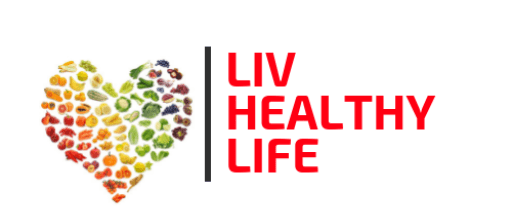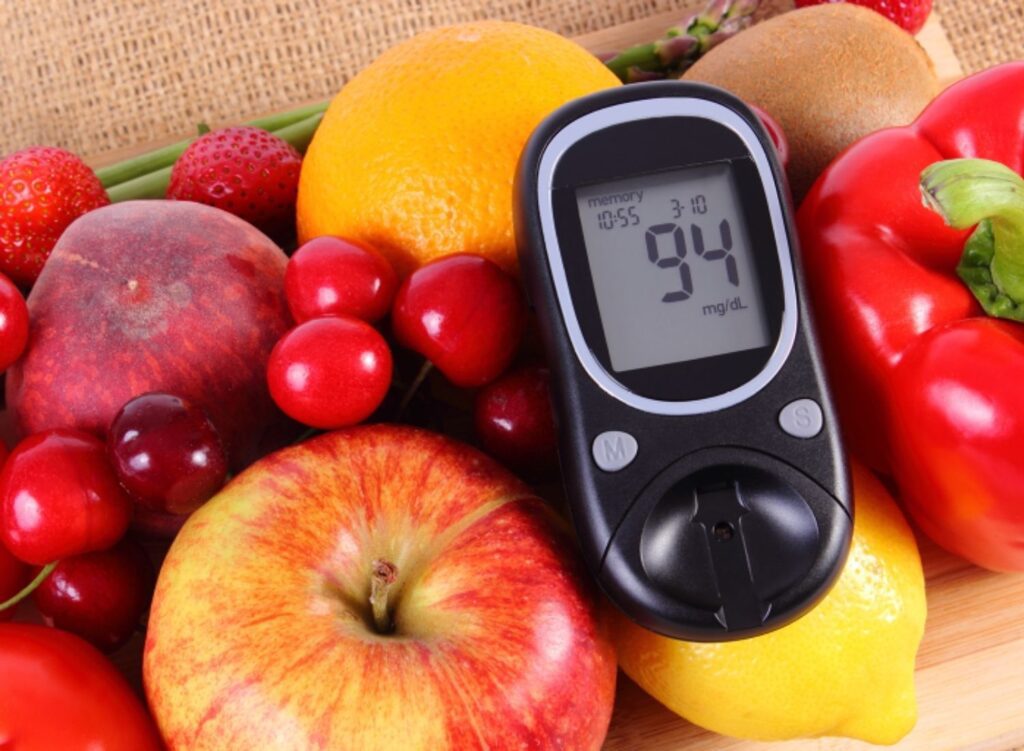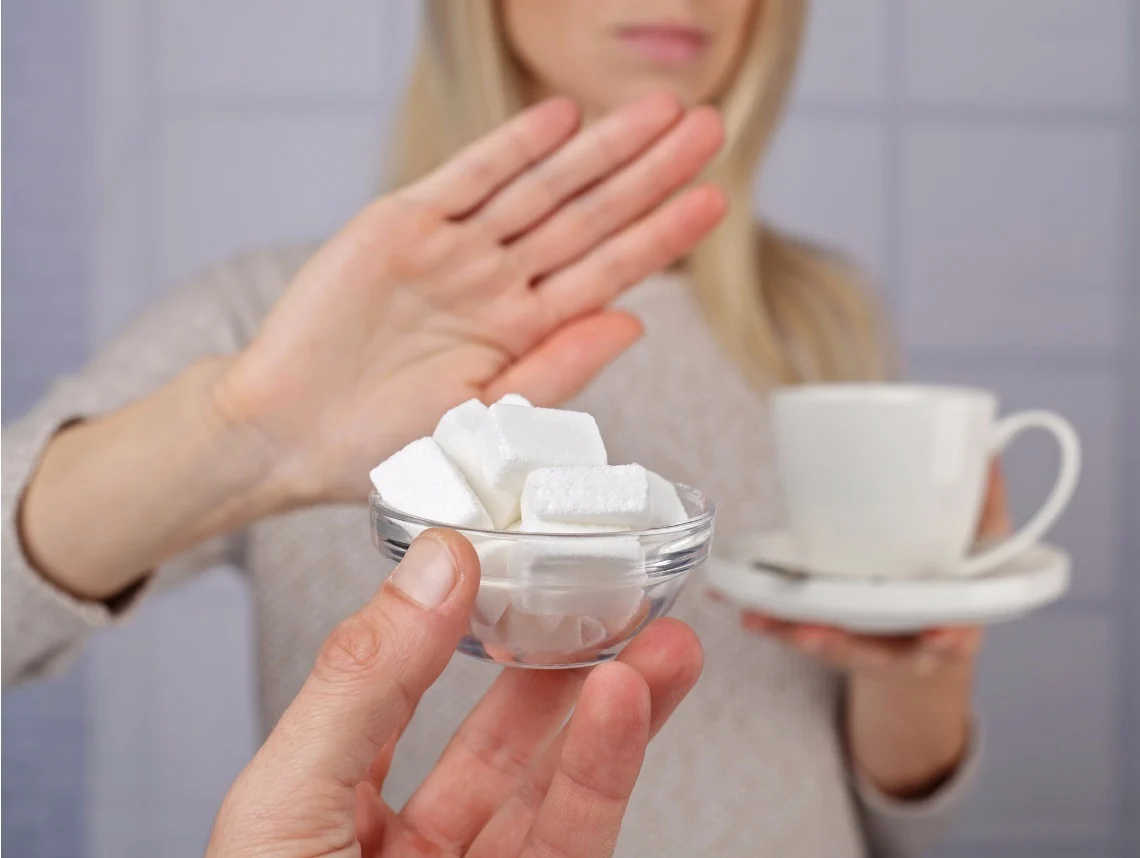Diabetes means excess sugar content in the blood therefore practicing moderation, a healthy balanced diet and exercise are a must. The right food makes a large difference and is significant to keep the blood sugar level in check.
All fruits are highly nutritious, delicious and a convenient addition to any diet. Although there is a long-held myth that diabetics should avoid eating all types of fruits, eliminating them from the diet might make your body deficient of essential vitamins, minerals, etc., and avoiding fruit intake completely is nearly impossible.
If you have excessive blood glucose, you must keep a watch on how much and what type of carb is in your diet.
The sugar found in fruits is called fructose which makes them sweet and more tempting. In limited quantity, fructose isn’t troublesome but extremities might throw your metabolism for a loop.
This article will explore the list of fruits which diabetics should exclude or limit the intake.
Bananas

Bananas are generally thought of as being healthy for prediabetics. However, it has gained a bad reputation for boosting the glucose level.
Actually, unripe bananas are a more preferred option than ripe bananas. Why? Let’s check:

- Less sugar level
- More resistant starch than ripe bananas that has benefits similar to fibers for the digestive tract.
- The Glycemic Index of green bananas is 35 and ripe bananas 55.
- Gut microbe friendly and helps you control the sugar.
The Key Point: Whether you choose green or ripe bananas, both contain enough amount of fructose to shake up your metabolism in the wrong ways and your ultimate goal is to manage blood glucose.
Indeed, you can cut back the portion size or replace it with papaya for a healthy outcome.
Pineapple
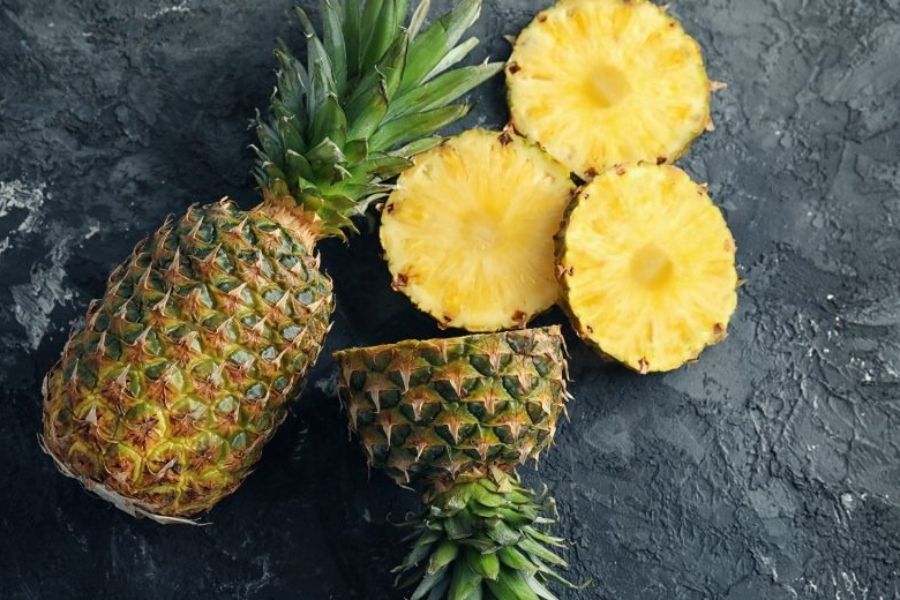
Pineapple satisfies the sweet tooth while offering numerous benefits as it’s filled with enough nutrients.
The American Diabetes Association recommends having fresh fruits.
But you should always count the fructose content of any fruit and pineapple has the highest glycemic index.
Therefore, consume in moderation and choose fresh pineapple pieces over canned or dried pieces (with extra added sugar) to regulate sugar in the normal range or you can have guava instead.
Mango

It is juicy, yummy and the king of fruits but sometimes diabetics should restrict its intake. Let’s see why.
Mango contains natural sugar and around 90% of the calories come from it which may be sufficient to raise the glucose.
Despite everything, it contains enough fibers and antioxidants to compensate for the blood sugar impact.
You can make your mango diabetes-friendly by using several strategies such as:
- Controlling the portion size
- Pairing protein rich food alongside high-carb food to minimize the sugar effect
Diabetics should especially avoid mango juice because to prepare one glass, it requires enough quantity which gets absorbed quickly and contributes to high blood glucose.
Lychee
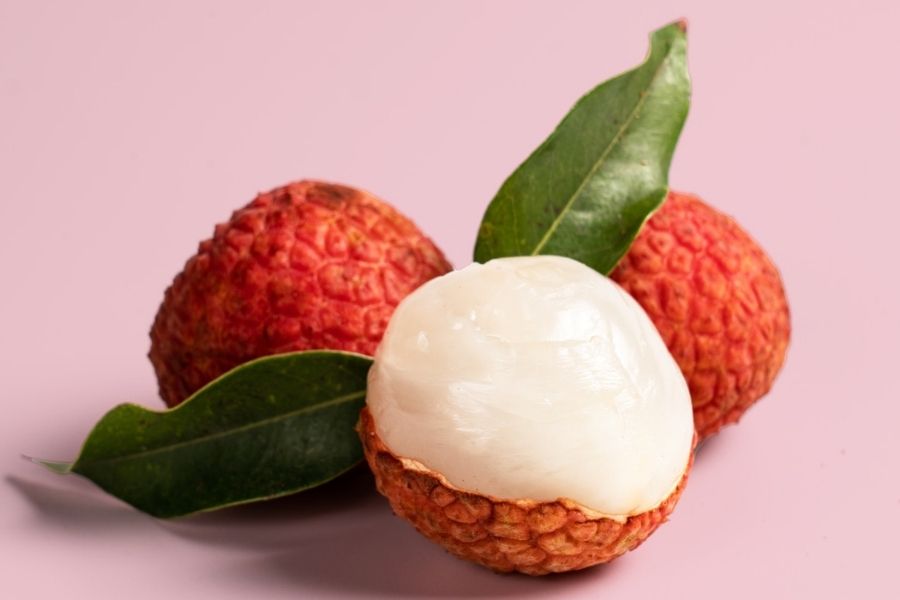
Another sweet, pulpy, juicy summer fruit lychee has an abundance of nutrients and is good for diabetics too.
Although diabetics should consume it in moderation as it is high on GI, hence excessive intake absolutely shoots up the blood sugar level.
On the other side, lychees are high in fiber which prevents abrupt sugar spikes.
A person with controlled diabetes can savor the taste of lychee but always in accordance with the Calorific Value as an individual must be conscious about calorie load. Alternatively, you can enjoy eating blackberries.
Cherries
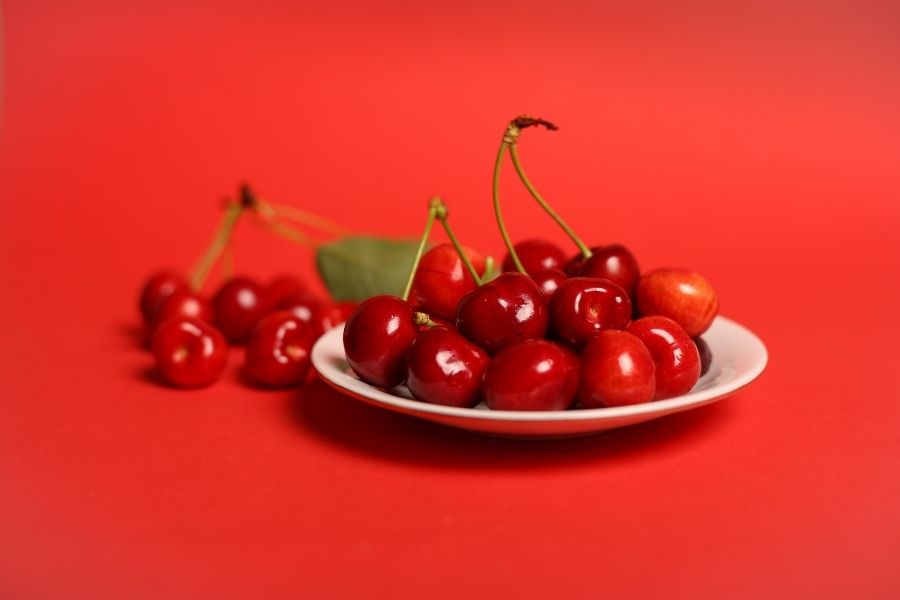
Cherries are also the sweet, delicious summer snacks but carry a good burden of sugar and carbohydrates to raise the sugar level.
There are 2 type of cherries: Sweet and Tart which impacts the sugar level differently.

Sweet cherries have approx. 25 grams of sugar which equals to 6 teaspoons of sugar. Whereas Tart cherries have less carb content therefore, it is always recommended for diabetics to opt for Tart cherries.
By considering the glycemic index, you should practice portion control while enjoying them.
Figs
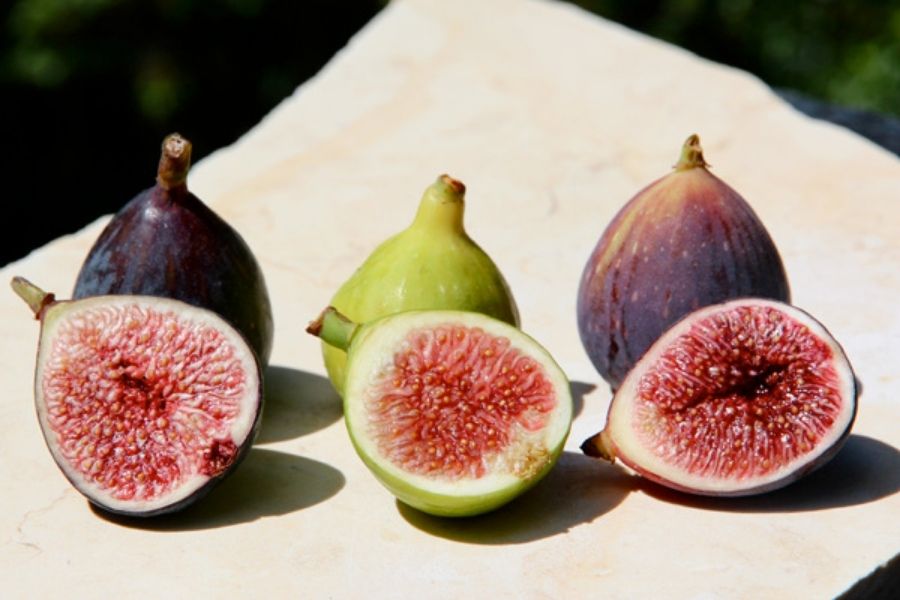
Despite being high in sugar; approximately 29 grams, figs are considered to be good for diabetics. They are rich in fiber, thus helping in managing diabetes. Not just fiber, but high potassium content does not spike the post-meal sugar level. It controls the sugar which is absorbed into a meal.
However, if you pick the dried ones, you must be cautious of the sugar load.
Dried Cranberries
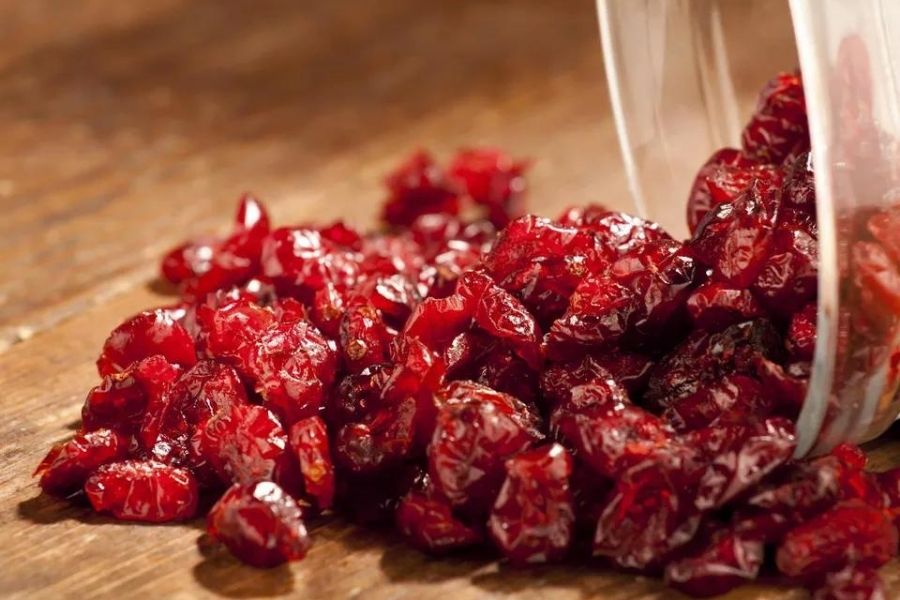
Cranberries have the utmost flat sugar content. If you select the dried ones, it would not be a healthy choice as they have the highest artificial sweeteners density and the lowest nutrients density.
Dried Fruits
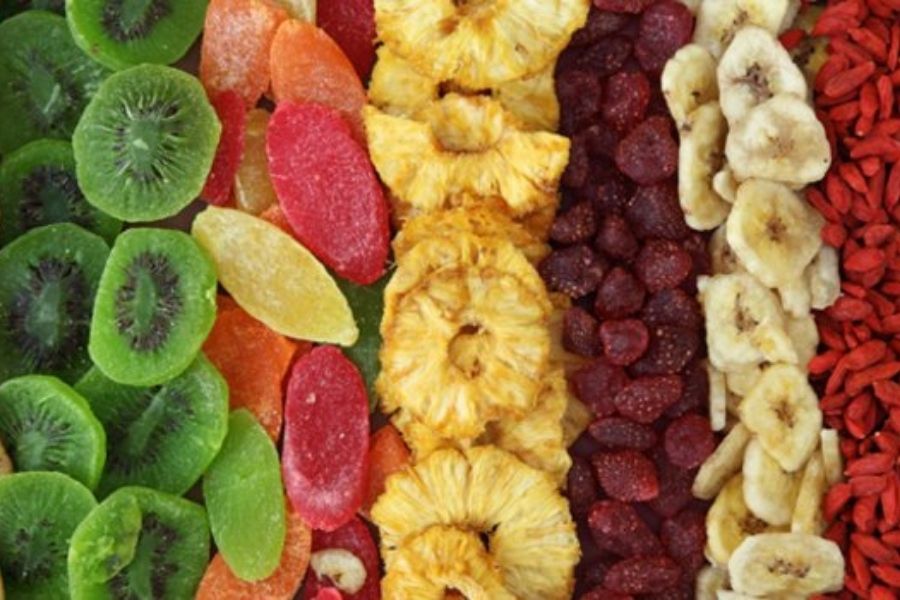
Dried Fruits are obtained by concentrating fresh fruits. All its nutrients get concentrated as it loses water content hence enhancing the risk of high blood sugar.
Also, avoid dry fruits dipped or coated with sugar as extra sugar is like poison for diabetics.
In the end, after knowing the glycemic index of dry fruits, you get to decide which of them should be in your diet.
Tips to Mindfully Add Fruits to the Diet
- Firstly, pick seasonal fruits and especially those with the lowest glycemic index.
- Secondly, don’t have your fruits along with the main meal and refrain from snacking between the meals.
- Plate your fruit dish with some healthy nuts and olives to balance out the glycemic load.
- Sprinkle some cinnamon or ground flaxseeds on fresh fruits to regulate the glucose level.
- Whether diabetic or non-diabetic; never drink packed or any fruit juices and cooked fruits too as they are robbed of all the essential nutrients and may spike up the glucose level.
